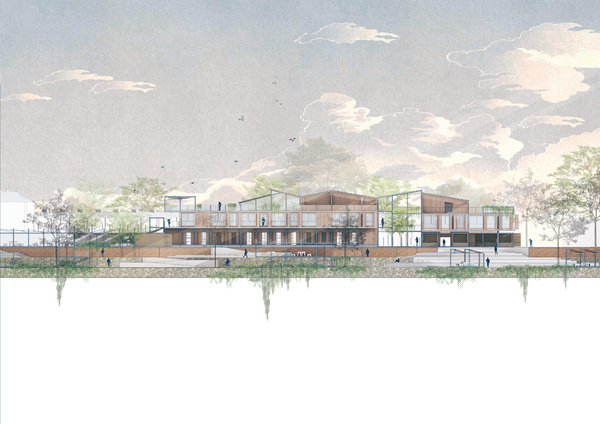In studio 1, we focused on the strategic policies governing the response to the floods, preventing the risk and/or reduction of risk from flooding as a group. In Studio 2, I explored the positive impact of community resilience on flood response and developed a theory model to guide Cumbria in the community-level flood response improvement by propose a new architecture project. To inform my design, I also examined the characteristics of community civic spaces through architectural case studies and sought to apply these principles to my project.
After the research, a research question has been proposed: “How can a new civic space be designed - in terms of architecture and landscape - to support the actions and activities outlined in the Community Resilience Model for addressing the long-term flood risk?”
To response the research question, I developed the AQUA Co-Revival Project, aiming to help local residents develop the ability to prepare, adapt and reduce flood risk by building new community civic space response to flood risk. It includes 5 main stages and 5 design principles for my community civic space plan. In Studio 3, I will take this work a step further by selecting a specific site and applying these design principles to a concrete a design proposal.


